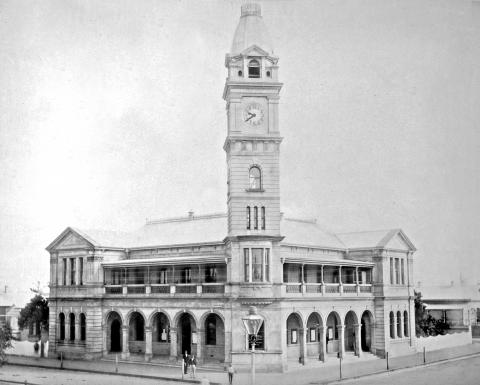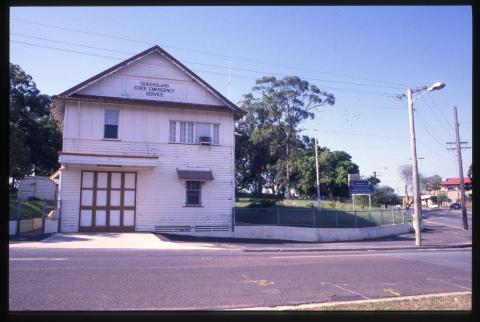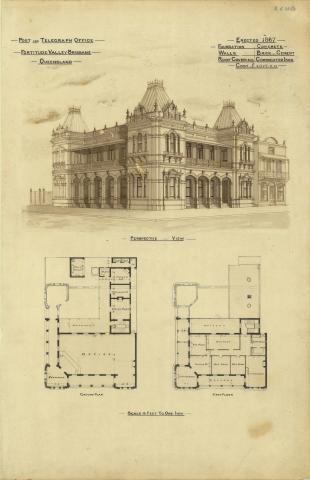
- News of the day
-
The Darling Downs Gazette and General Advertiser, Wednesday 16 June 1869
Toowoomba Police Court
James Knowles was charged with being upon the Post-office premises in Ruthven-street, for an unlawful purpose. Sergeant Shea said that on Saturday night last he assisted Mr. Glanville in searching the Post-office yard; found the prisoner concealed beneath a heap of hay; pulled him out, and asked him his name; he said he did not know where he was and had gone in to have a quiet sleep; the gate of the yard was then open, and the prisoner appeared to be confused or drunk.
G.W. Glanville said that between 8 and 9 o'clock on Saturday evening, he was told there was a man concealed beneath the hay in the back yard of the Post-office; gave him a shake up, but he refused to leave the premises, said he wanted to have a sleep, and did not intend to leave his quarters; found it impossible to remove him, and went for the police.
The prisoner was fined 40s, or 7 days' imprisonment.
- Background
-
The Toowoomba Post Office, of which construction was completed in 1880, is one of three extant post offices built in the Classic Revival Style, with the other two at Maryborough (1866) and central Brisbane (1871). The fourth building of this type was at Dalby (1867), but is now demolished.
Tenders for a new building to house both the Post and Telegraph offices adjacent to the new courthouse were called in 1877. The tender of John Gargett (also the contractor for the adjacent Court House and Mayor of Toowoomba) for £7250 was accepted. The original tender was for a building constructed of bond brick, however this was later altered to allow for the front tower and one wing (the Court House side) in cut stone at a new price of £8100. The stone used was pale yellow sandstone quarried from Highfields and was similar to that used in the construction of the courthouse, also quarried from Highfields. The new building opened in 1880,
The Toowoomba Post Office is a typical example of the Classical Revival style of architecture popular during this period and forms part of a government precinct which includes the Court House and Police Station. This was a frequent occurrence due to the Queensland Colonial Government's practice of acquiring, or retaining for itself, land suitable for government uses.
It also has special associations with Government architect F D G Stanley who was responsible for the design and construction of Queensland post offices from 1872 - 1880.
Courtesy of the Queensland Heritage Register
/151.9555065,-27.5612543,7/450x450@2x.png?access_token=pk.eyJ1IjoicXNhLWRpc2NvLXFsZCIsImEiOiJjamJmdTgyZXEyeWNjMnlxZm8xcmtieHgxIn0.lmT9J5tTPKGuuccQgCVSAg)



